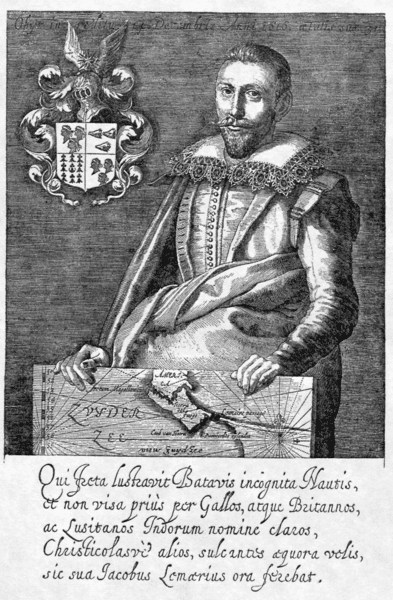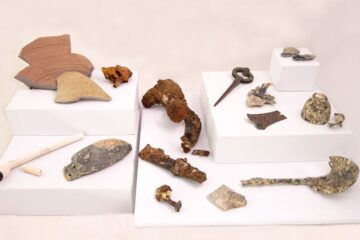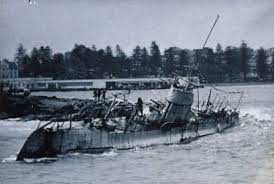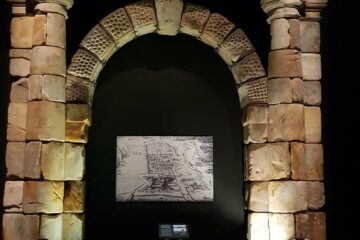Isaac Le Maire: entrepreneur, dissident, and pioneer explorer
Isaac Le Maire (c. 1558–1624) was a Dutch merchant of Walloon origin, born in Tournai (now Belgium). After settling in the Dutch Republic, he became one of the largest investors in the Dutch East India Company (VOC). However, Le Maire soon clashed with the VOC’s leadership, opposing its strict monopoly on Asian trade. Expelled from the company and banned from its territories, he set out to challenge that monopoly through discovery rather than confrontation.
In 1614, in the Dutch port of Hoorn, Le Maire founded the Australische Compagnie (Austraelsche Compagnie or South Company). Its purpose was to find a new sea route to the East Indies that lay outside VOC control. If successful, it would open new commercial opportunities and perhaps even reveal the mysterious Terra Australis Incognita — the “Unknown South Land” that still appeared on 17th-century maps.
The expedition of 1615–1616
In June 1615, the Australische Compagnie launched two ships, the Eendracht and the Hoorn, under the command of Willem Cornelisz. Schouten and with Jacob Le Maire, Isaac’s son, as expedition leader. About 87 men joined the voyage, which departed Texel on 14 June 1615.
Their instructions were clear: they were forbidden to pass through the Strait of Magellan or to trade in any port controlled by the VOC. The aim was to discover a completely new passage to the Pacific.
After crossing the Atlantic, the Hoorn was accidentally destroyed by fire in Puerto Deseado (modern Argentina), forcing all crew onto the Eendracht. Continuing alone, they sailed further south than any Europeans before them. In January 1616, they discovered a new passage between Tierra del Fuego and Isla de los Estados — naming it the Le Maire Strait — and on 31 January rounded the southernmost tip of South America, which they called Cape Horn, after their home port of Hoorn.
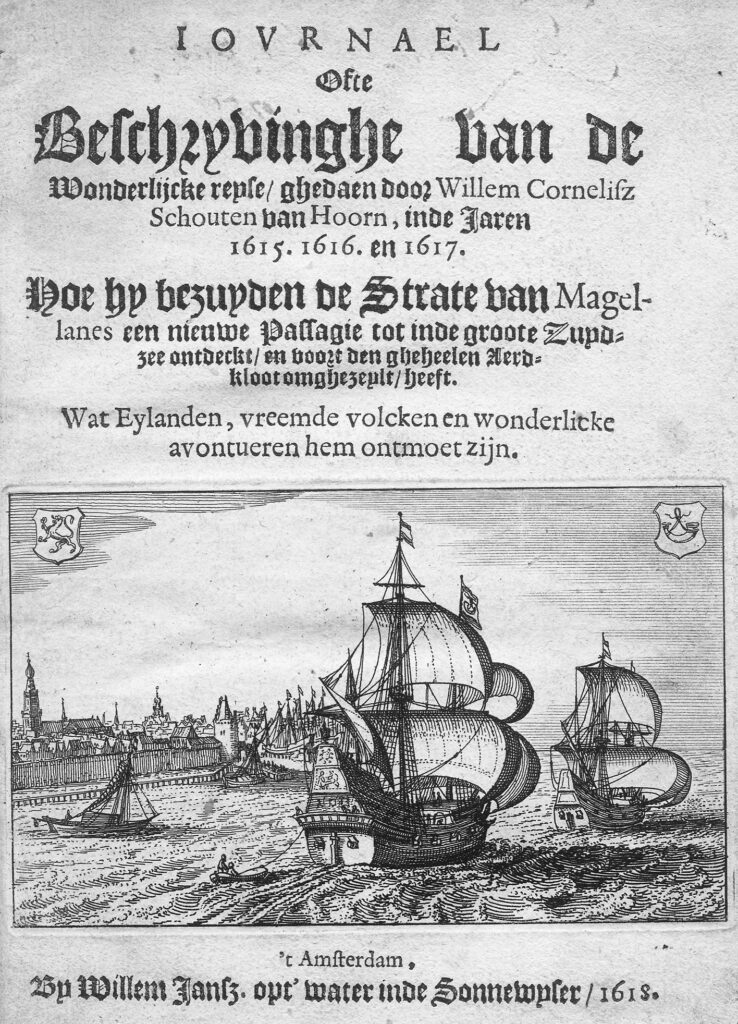
Across the Pacific and New Guinea
Having opened the new Cape Horn route, the expedition crossed the Pacific, charting previously unknown island groups. They visited parts of Tonga and other archipelagos before sailing north toward the equator. Along the northern coast of New Guinea, Schouten mapped several islands, later named the Schouten Islands in his honour.
Their route then led through the Moluccas to Batavia (modern Jakarta), where they arrived in late 1616.
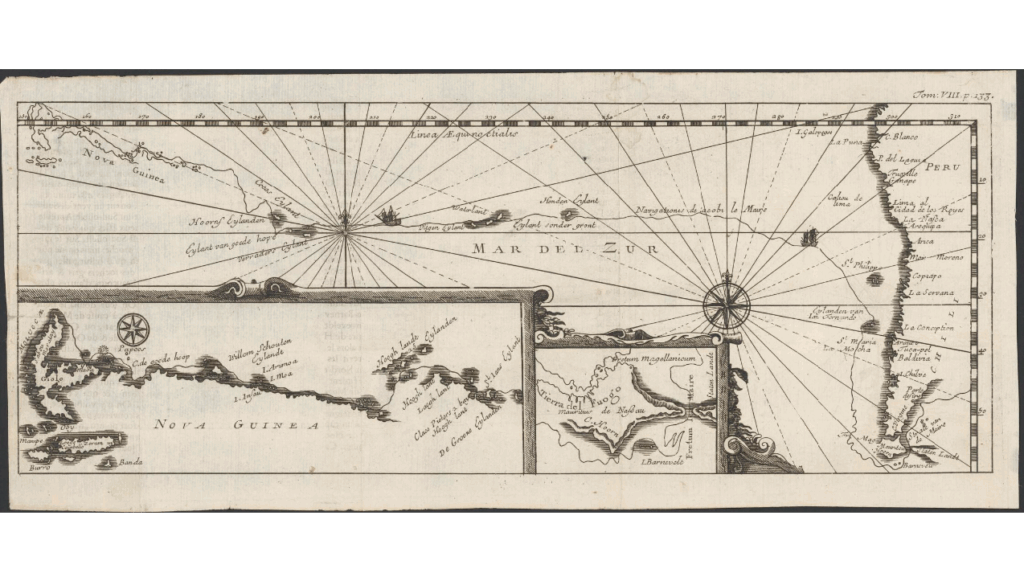
The Spieghel der Australische Navigatie
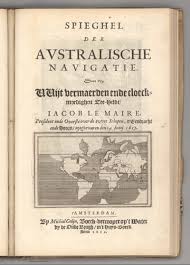
The voyage was documented in Spieghel der Australische Navigatie, a richly illustrated account that became one of the great travel books of the Dutch Golden Age. The Spieghel (“Mirror of the Australian Navigation”) presented the first accurate descriptions of the newly discovered Le Maire Strait, Cape Horn, and parts of the north coast of New Guinea, together with detailed observations of Pacific islands and peoples.
The information it contained would later guide explorers such as Abel Tasman, who drew directly on Schouten’s charts for his 1642 voyage.
The end of the Australische Compagnie
When the Eendracht reached Batavia, VOC officials seized the ship and its cargo, claiming the voyage violated their monopoly. Jacob Le Maire died on the return journey to Europe, and Isaac Le Maire spent years in legal battles to clear his name.
In 1619, the Dutch courts ruled that the VOC had acted unlawfully. The logs were returned, and the Spieghel der Australische Navigatie was published the same year. Le Maire received financial compensation in 1622, but he was not permitted to trade via the new route.
In 1621, the newly founded Dutch West India Company (WIC) absorbed most remaining overseas trade rights, ending any prospect of further voyages. Isaac Le Maire died in 1624, and the Australische Compagnie faded into history.
Source: Isaac Le Maire Wikipedia, Koopman Isaac Le Maire tegen de VOC, de machtigste multinational van de 17e eeuw, Cape Horn Discovered 400 Years Ago
